
1/ A bit of railway history for your Friday night
Genova (Genoa), the "Superba", a city whose urban history is definitely shaped by its geography and the fact of being a place of passage for the movements of goods for centuries.
A story of tunnels, ships and trains
Genova (Genoa), the "Superba", a city whose urban history is definitely shaped by its geography and the fact of being a place of passage for the movements of goods for centuries.
A story of tunnels, ships and trains
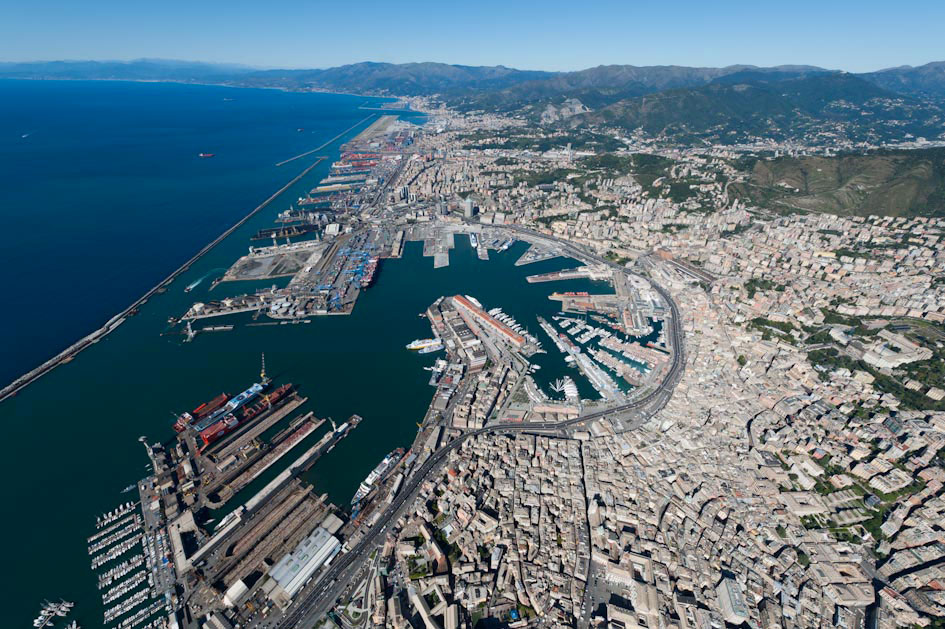
2/ Genova is one of the Maritime Republics and, after Venice, the most important maritime power in the western Mediterranean sea for several centuries, a city of bankers and merchants. With no surprise, the symbol of the city is its 15th century lighthouse, the "Lanterna" 
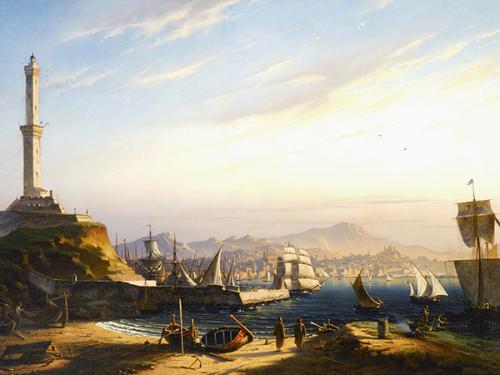
3/ Constrained between the Apennines and the sea, along the rugged coast of Liguria, it was not in a good position for the steam age. There were no inland water routes to connect the city easily with its natural hinterland: the Po valley, Turin, Milan, Switzerland and S Germany. 
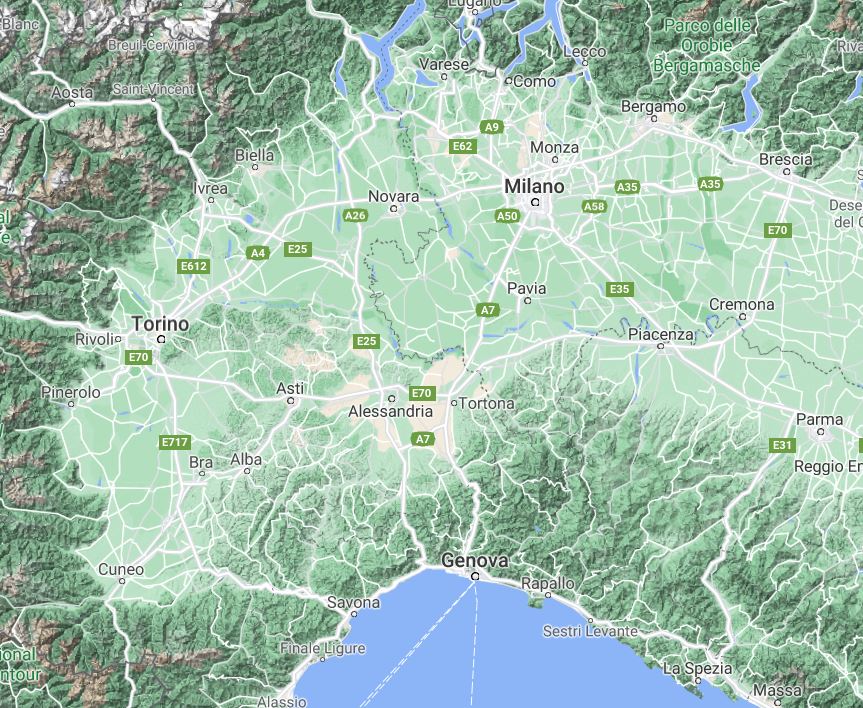
4/ Yet, being the only and natural harbor for Piedmont and its capital, the Turin-Genoa rail line was one of the priorities of the rapidly modernizing little state. The line opened between 1848-53, featuring the Galleria dei Giovi, then the longest rail tunnel at 3.2 km. 
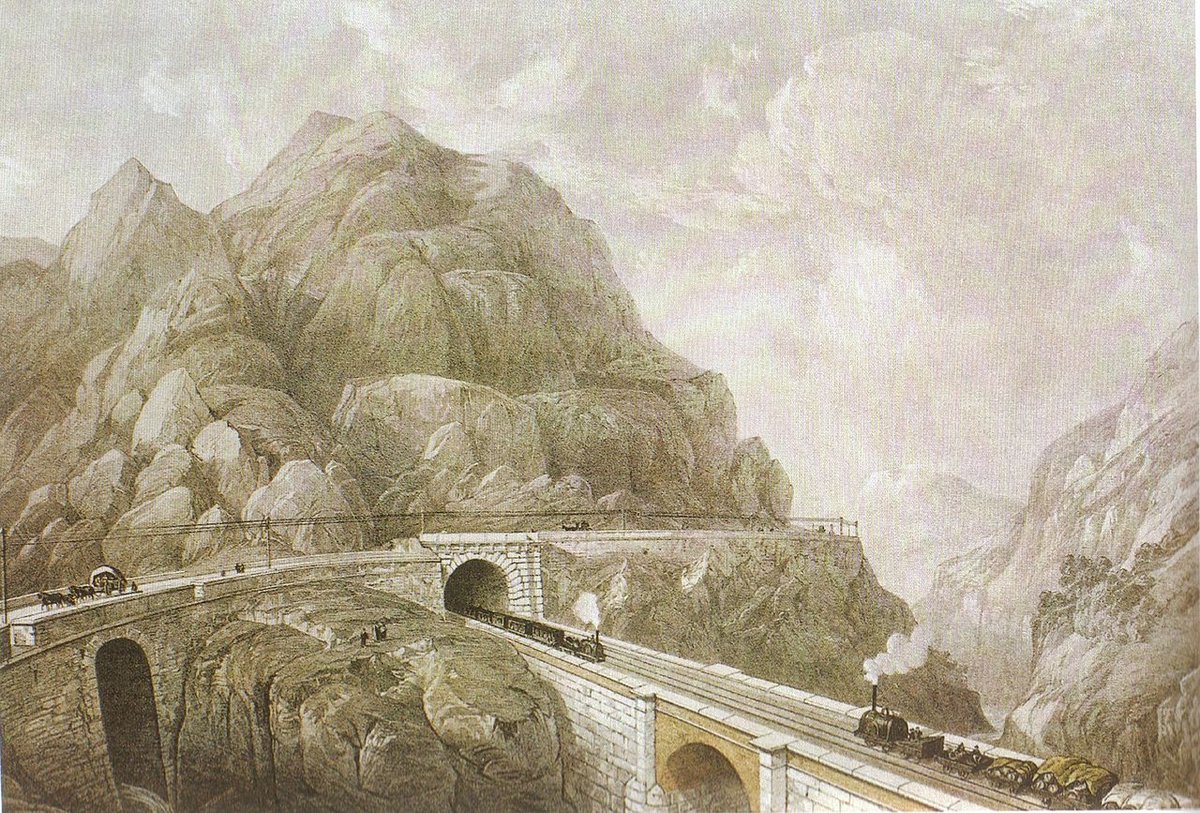
5/ Even if the rail reached the harbor in 1853, the first permanent station was opened only in 1860, at Piazza Principe. The neoclassical building is one of the oldest rail building still in use today in Italy, even if the station layout has evolved dramatically over time. 


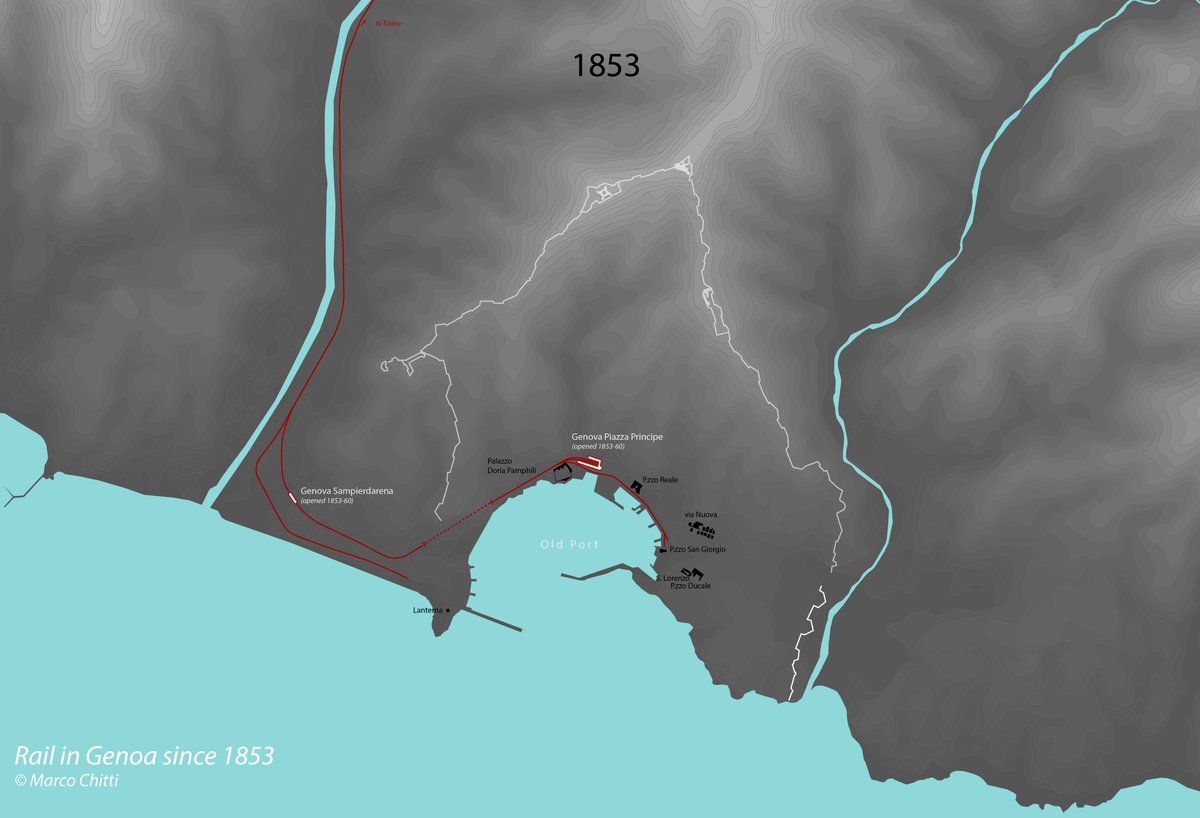
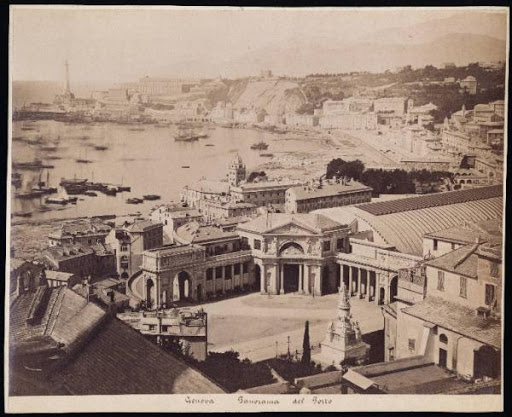

6/ The second major early event in Genoa rail history is the opening of the coastal rail from Pisa, a real engineering challenge, with construction sites accessible by the sea only, with no roads. Famously, the Cinque Terre were still reachable by train only until the late 1980s 



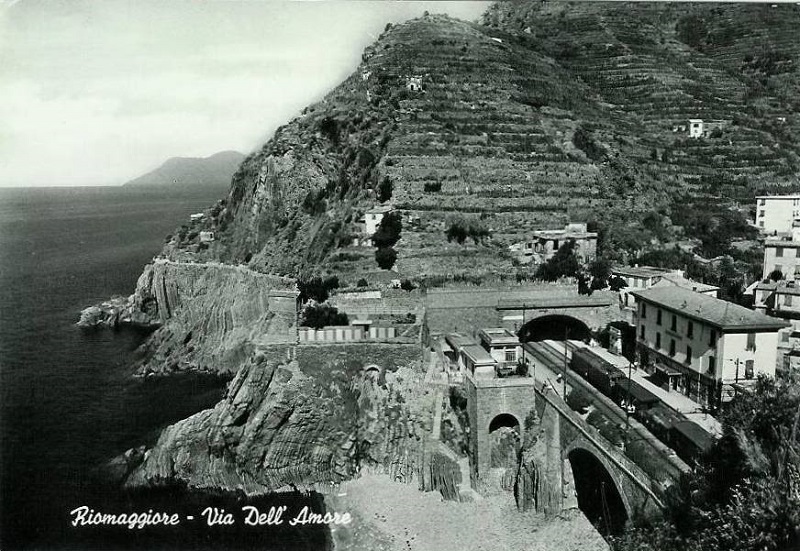
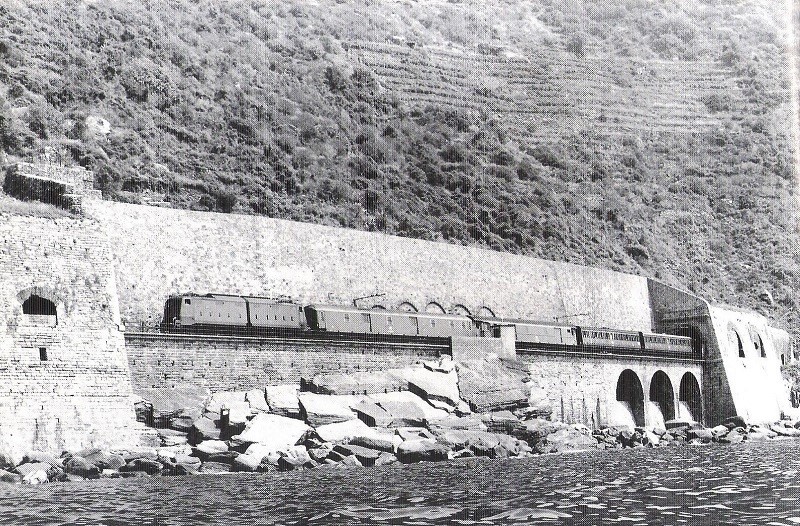

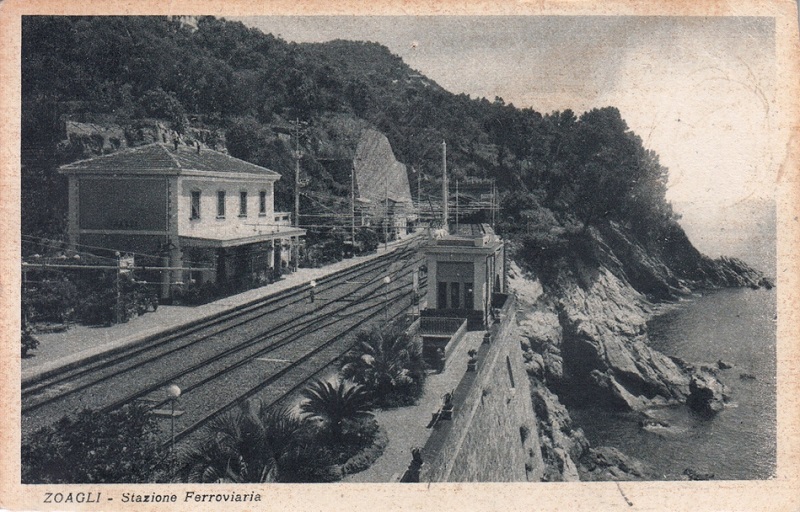
7/The following years are just a story of connecting all the lines together with a tunnel under the city (1872) and more and more lines to reach the ever growing harbor. The rails were squeezed between the waterfront building and a marble arched terrace built to separate the port 



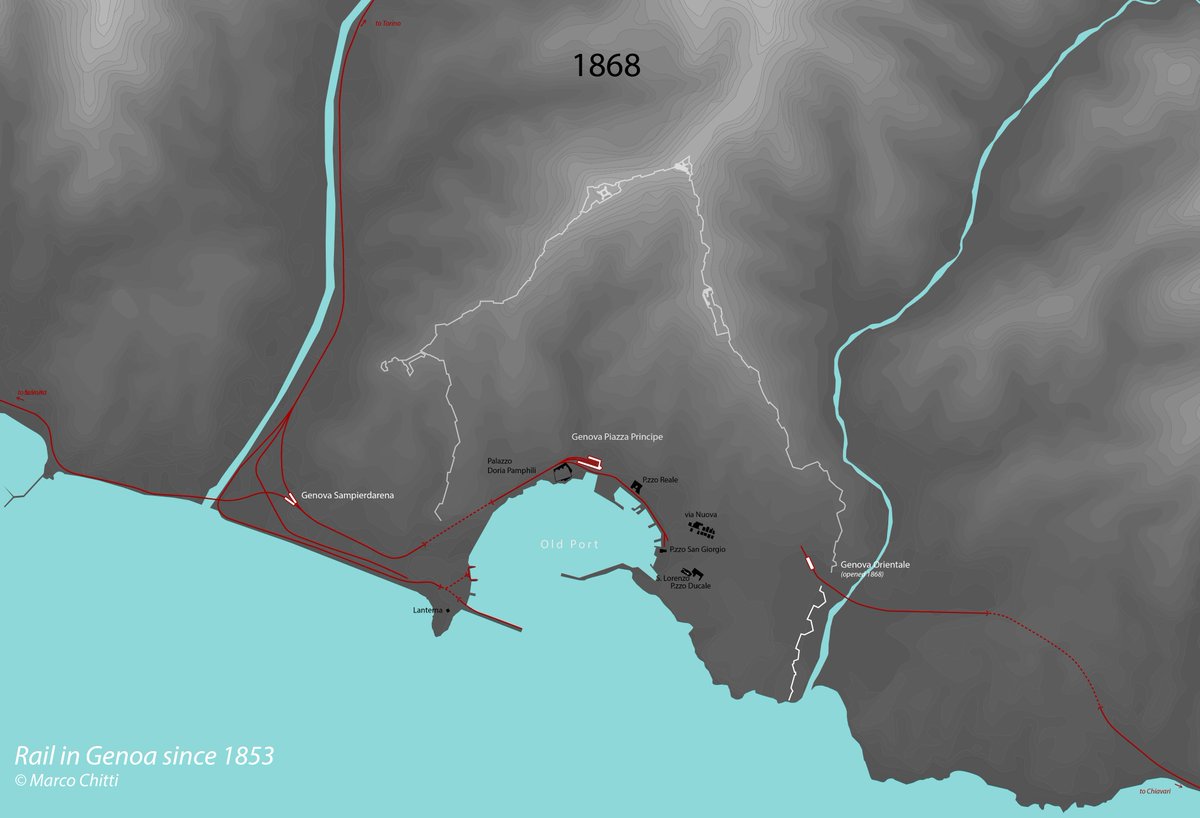
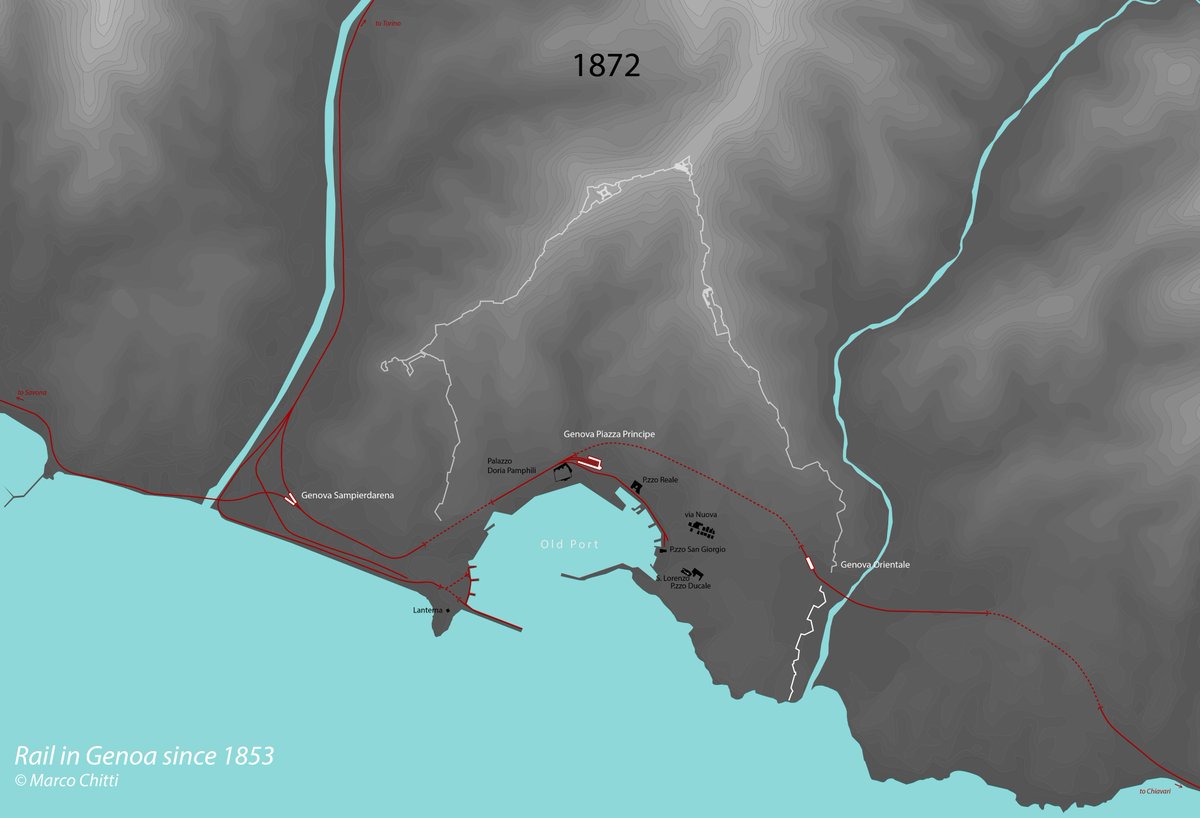
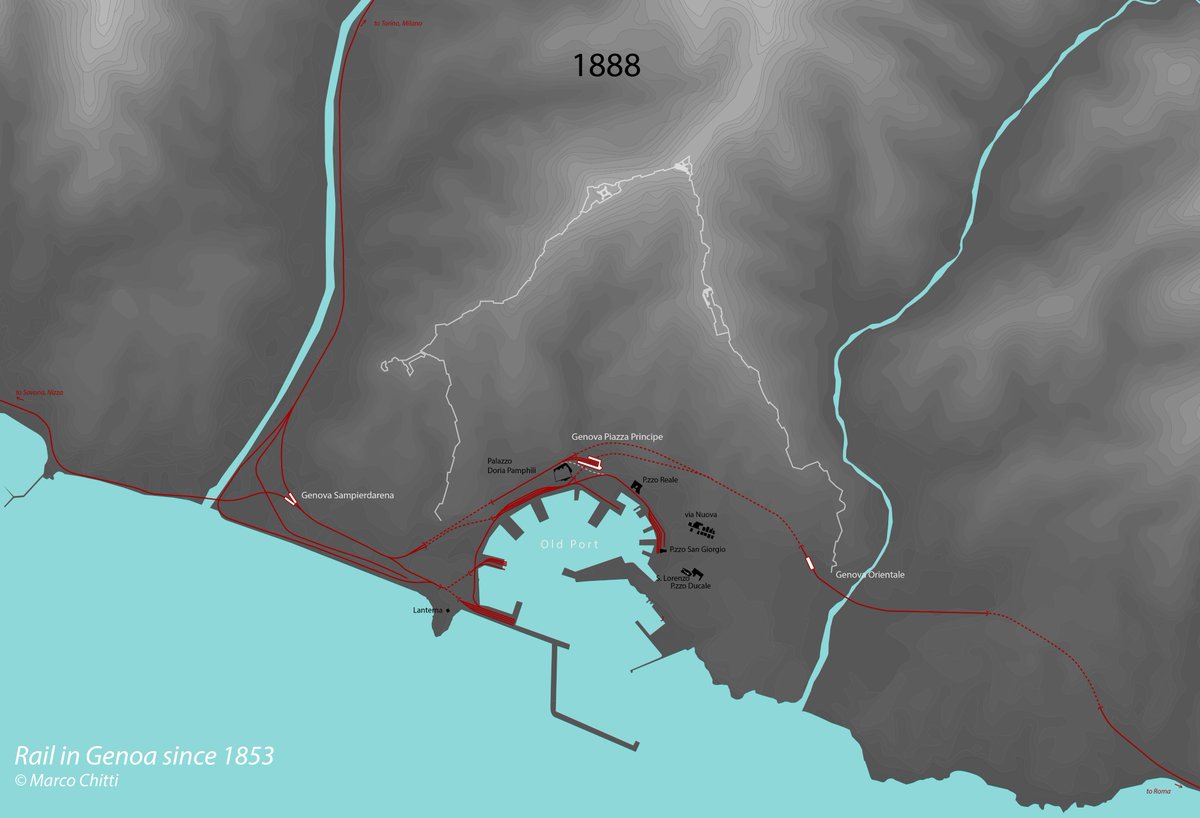
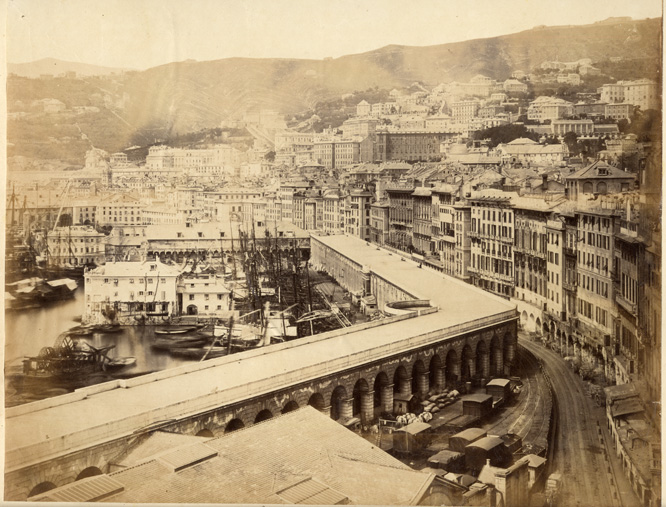
8/ Then, it's just a crescendo. A second line, the Succursale dei Giovi, is built to relieve the original cross-Appennine line, with lower grades and better geometry. Another more direct line to Turin is added too. Then, more tunnels and more yards to serve a growing traffic 



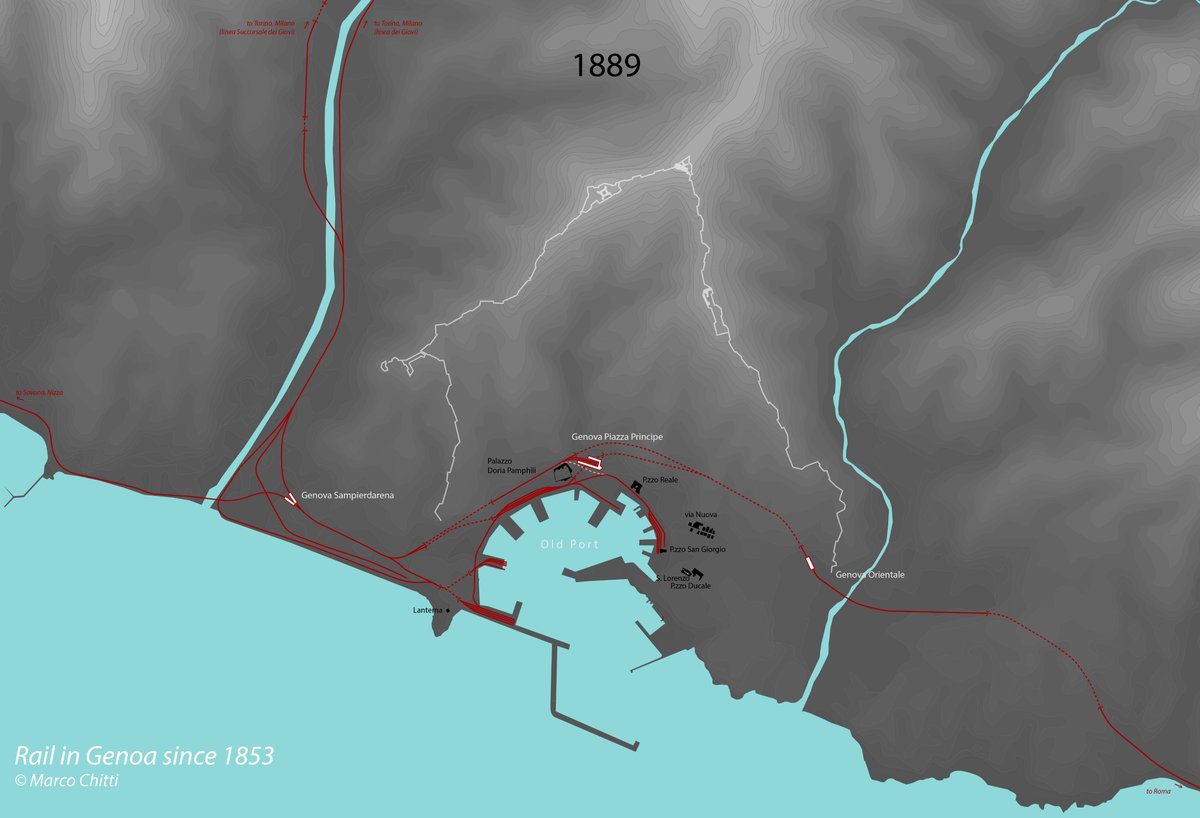
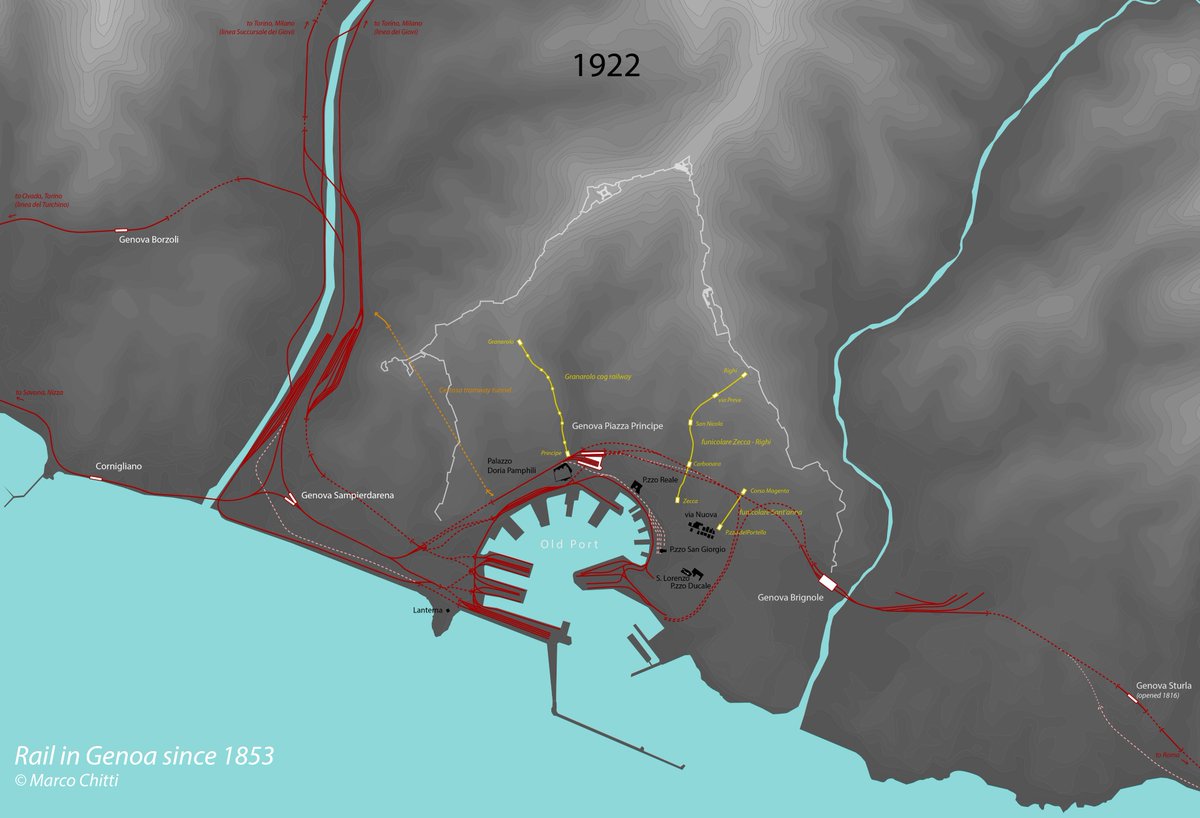
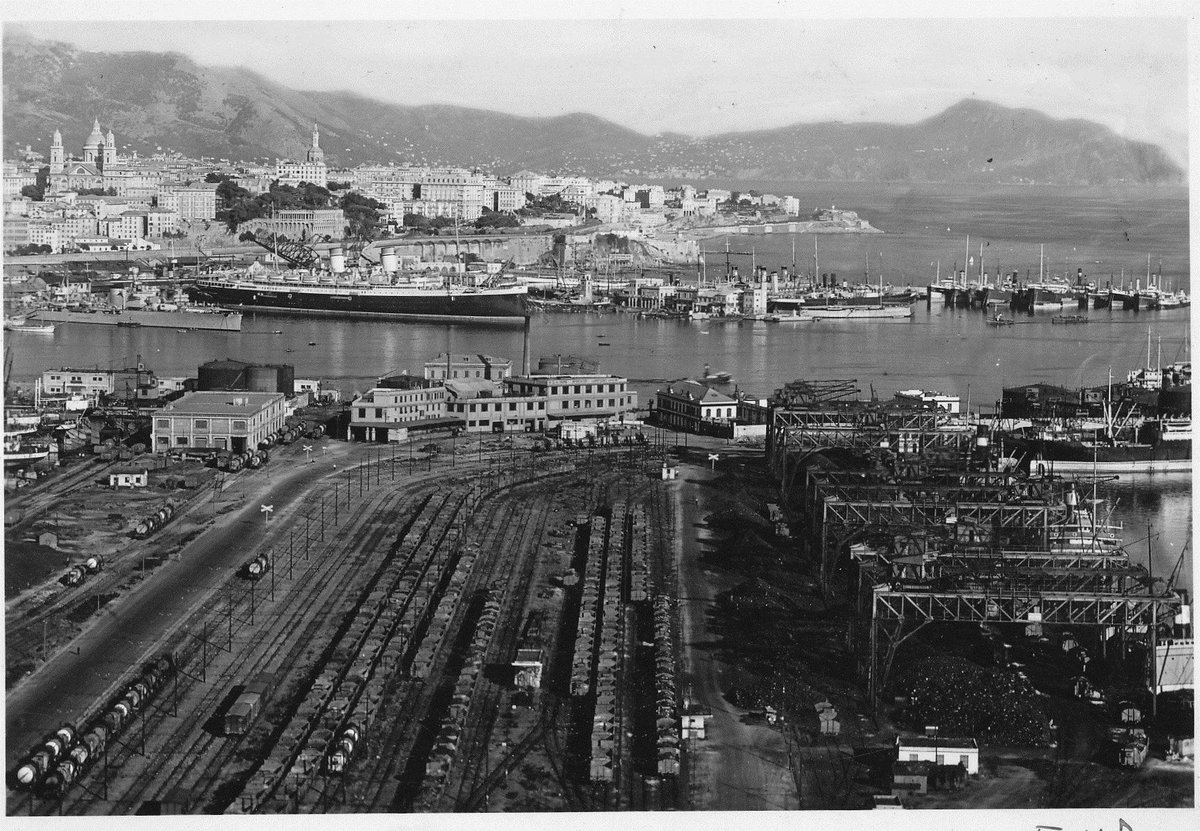

9/ The city itself built a tramway network, but, more interestingly, several funiculars, lifts and cog railways to facilitate the development of new residential neighborhood, mainly upper class ones, up in the hill and far from the noisy, smelly harbor and the congested old city 



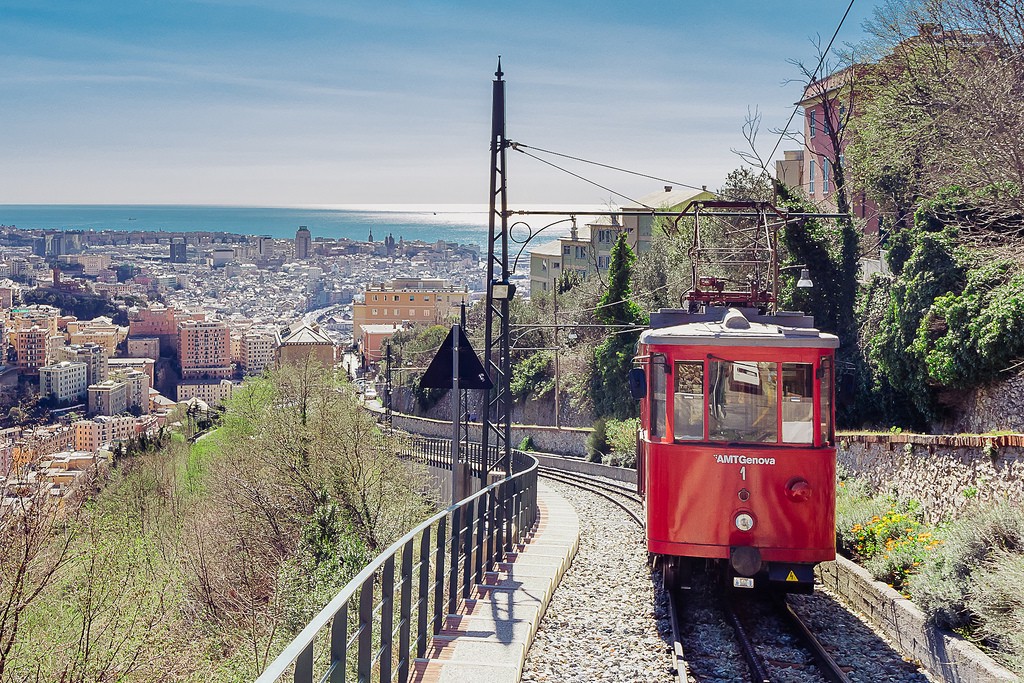
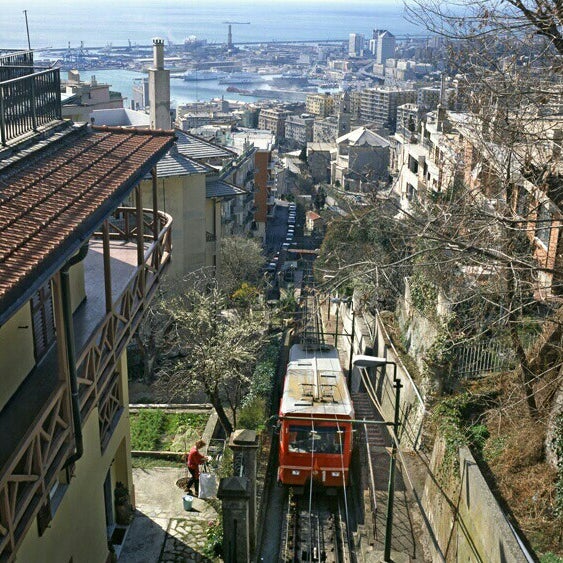
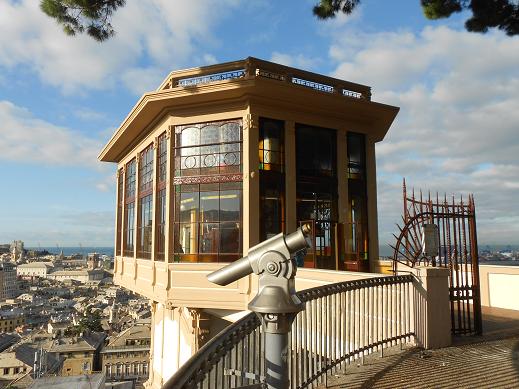
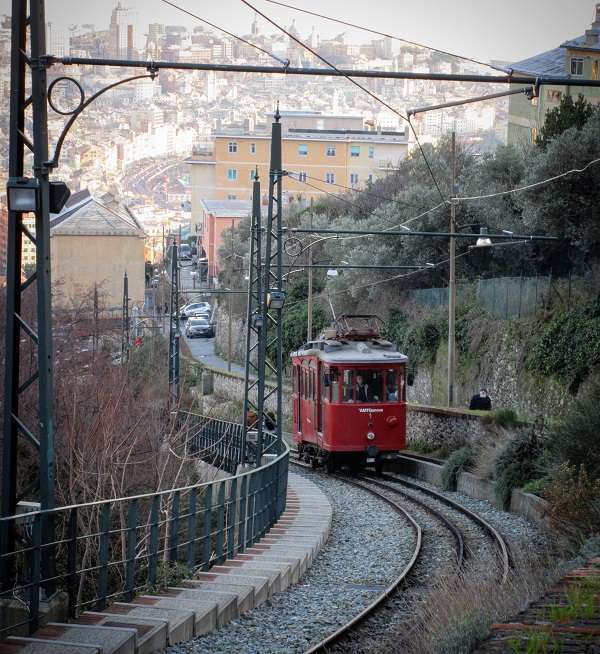
10/ Another nice feature of Genoa's rail transit system that survived until today is the 40km narrow gauge line to Casella, a curvy electrified line reaching inland across the mountains, opened in 1929. 



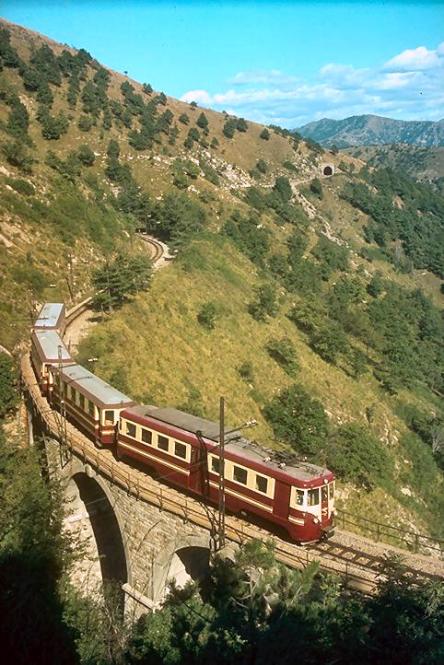
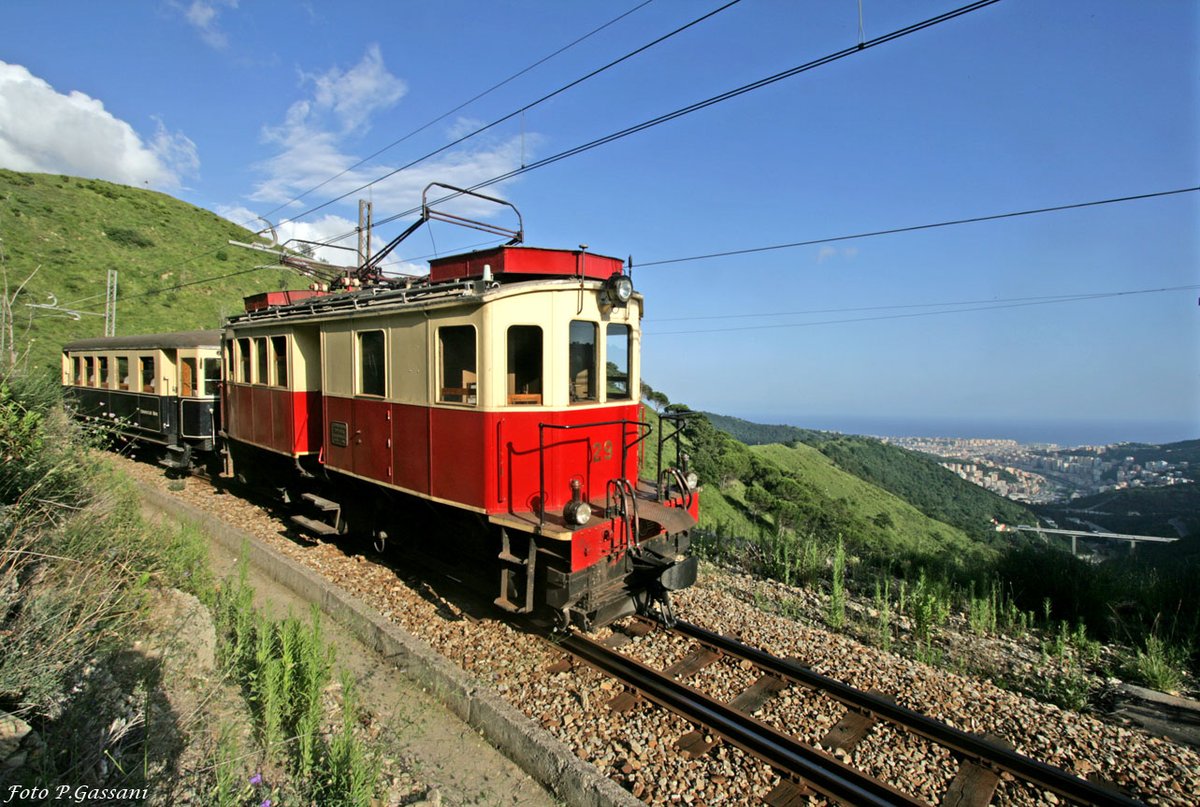


11/ The city's harbor kept growing between the two wars, but the inner Old Port was progressively closed, as ships became larger, and so many rail lines were abandoned. But passenger traffic kept growing and more place was literally carved out from mountains to enlarge stations 

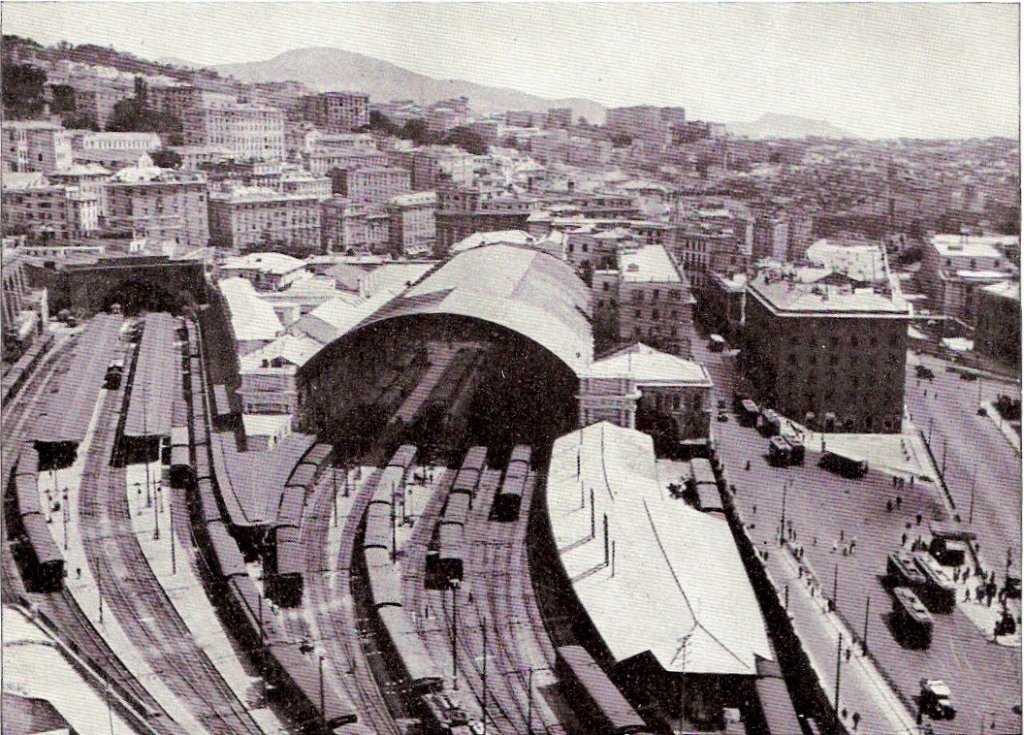
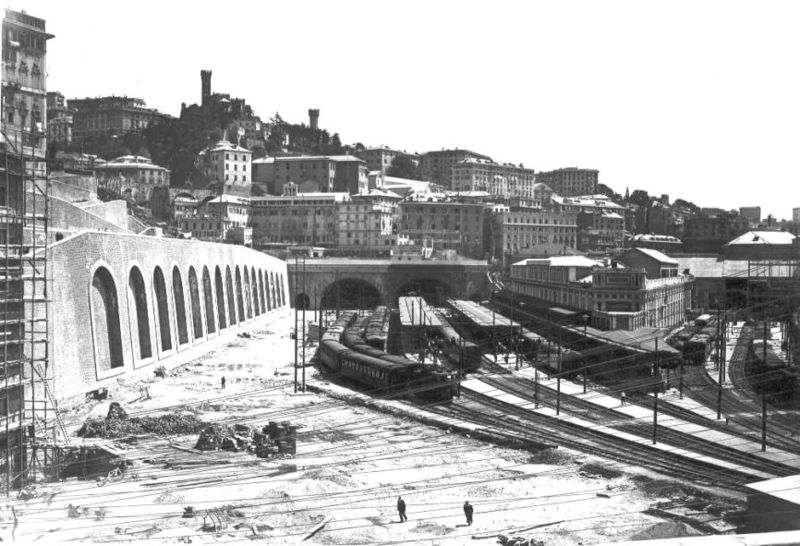
12/Because of the long tunnels and the steep gradients, the lines around Genoa were among the first to be extensively electrified in the 1910-20s, mainly using the tri-phase common in most of Northwestern Italy until the uniformization to the 3kv DC national standard in the 1960s 
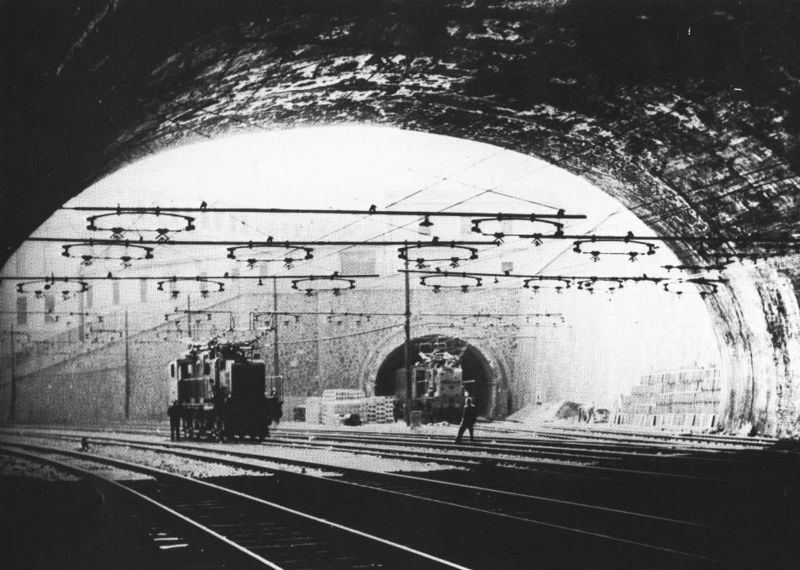
13/ But with the opening in the 1930s of the "Camionale", a toll, limited access modern road for trucks, the freight rail started to suffer from growing competition, growing in the post-WWII years with the massive freeway construction around Genoa. 


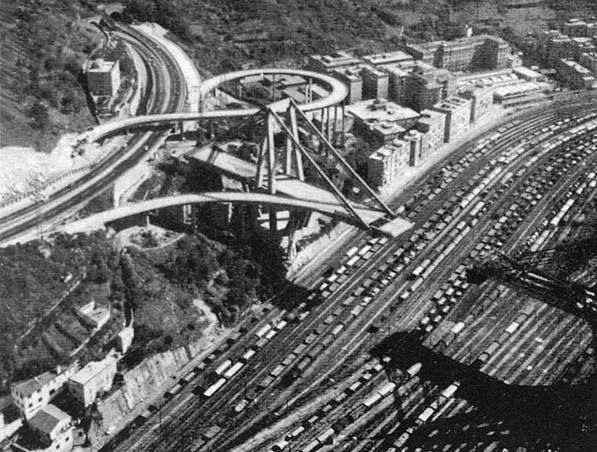
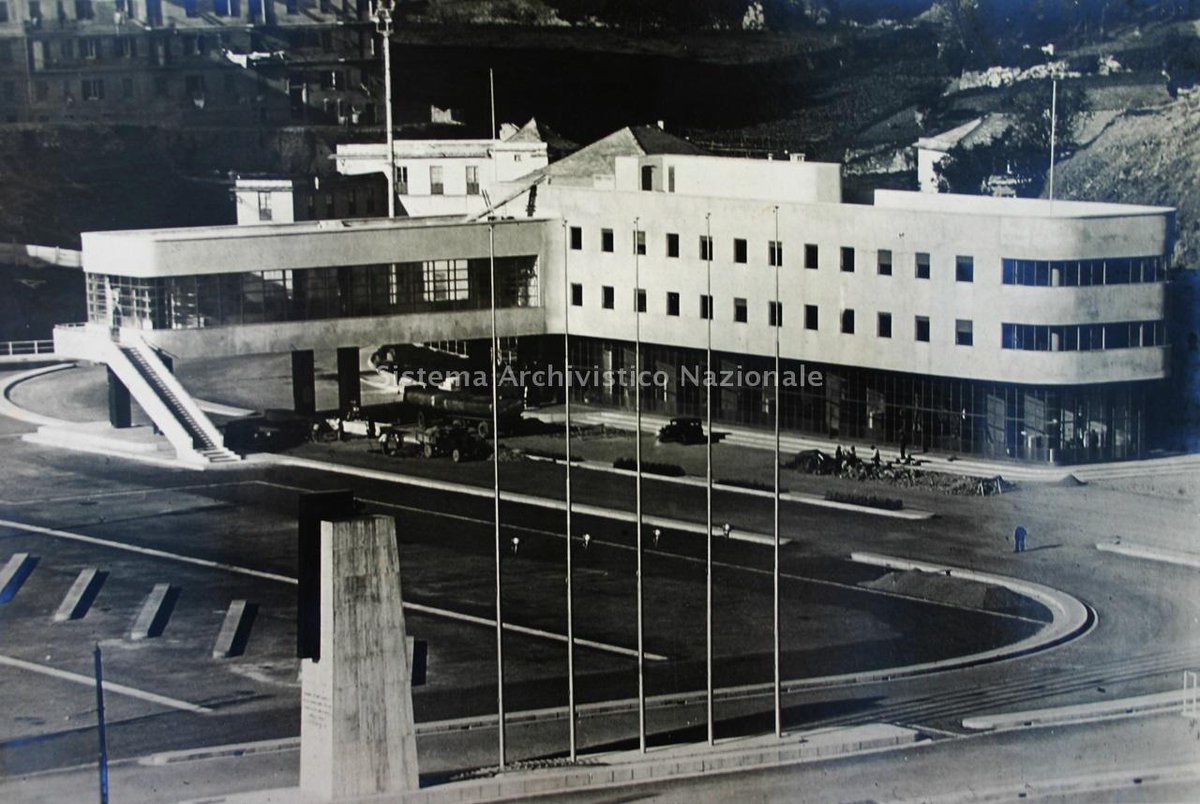

14/ The relative decline of shipbuilding and steelworks from the 1960s and the shrinkage of freight traffic with the progressive switch to containers, which Genoa couldn't accomodate in its narrow original harbor, prompted a decline in rail freight and in the city in general. 
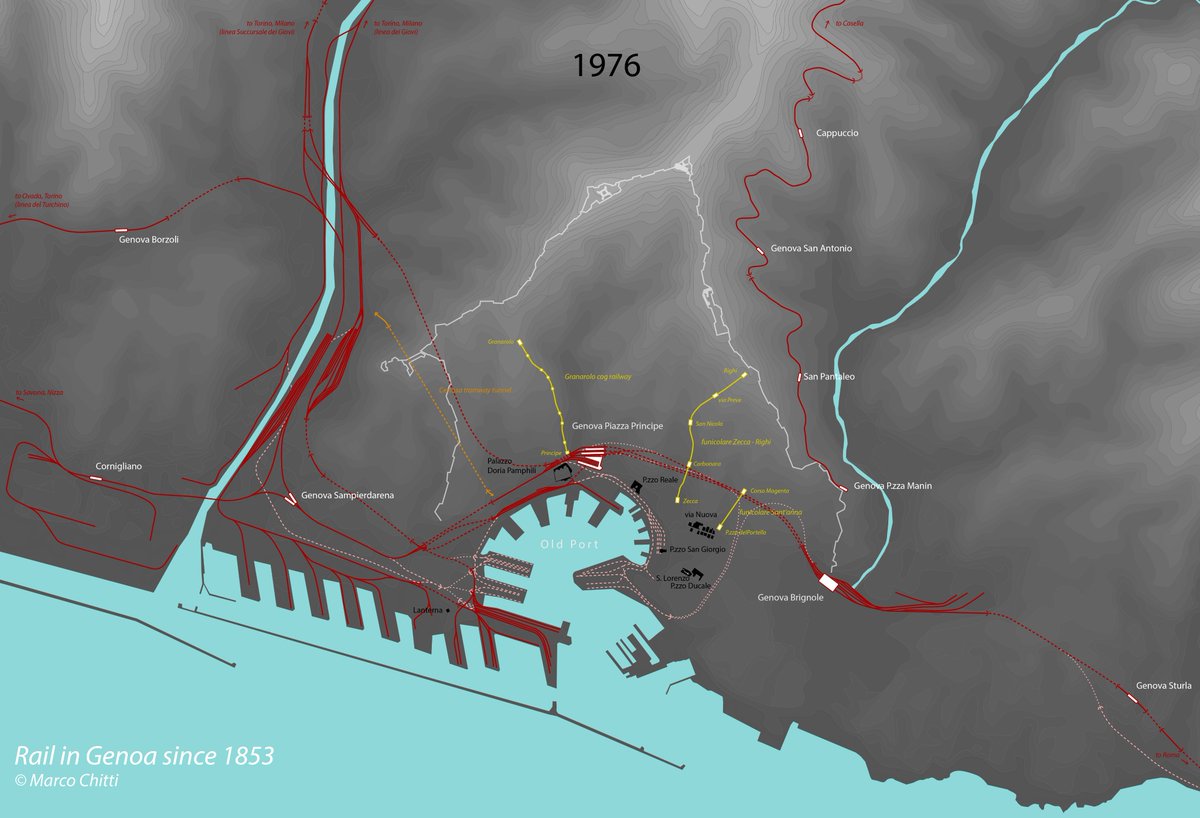
15/ But the renaissance arrived in the 1990s, with the opening of a large container port in the west at Voltri. and the first new harbor rail connection in decades. 
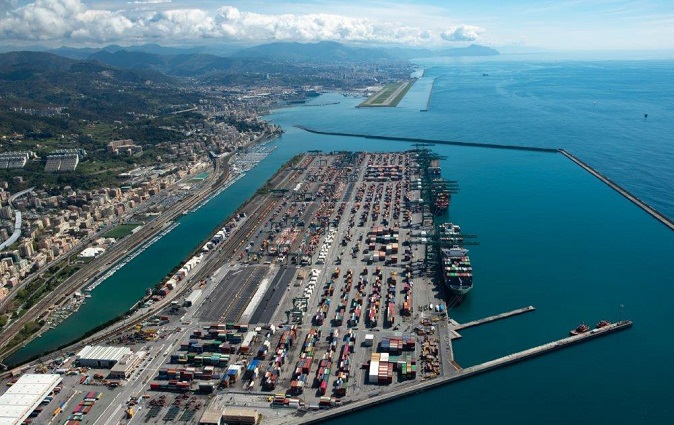
16/ In the meanwhile the city also built a little 7km, 8 stations metro, opened with a painfully slow pace b/w 1990-2012. One of its particular feature is that it reuses several abandoned tramway and freight tunnels from the early 20th century. 


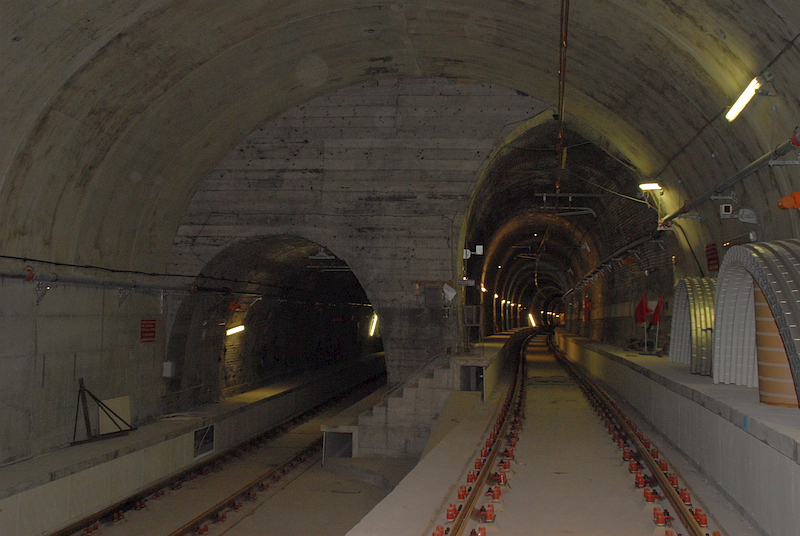
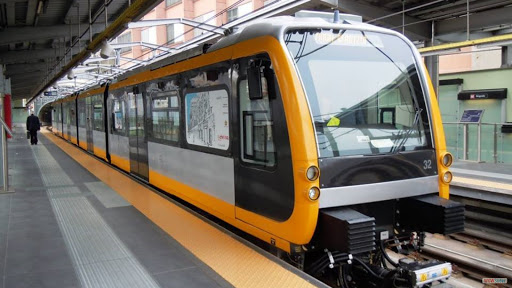

17/ But the big changes are yet to come. The opening of the Terzo Valico base tunnel in the mid 2020s will add the final stretch of a flat route for 750m long freight trains to the Po Valley and up the Gottardo & Simplon to central and northern Europe 

18/ At the same time, the old project to reorganize the whole network around the city has finally resumed. It will allow for the segregation of freight, long distance trains and will carve out a dedicated route for a 10-15' RER style along the coast and up the Polcevera valley 



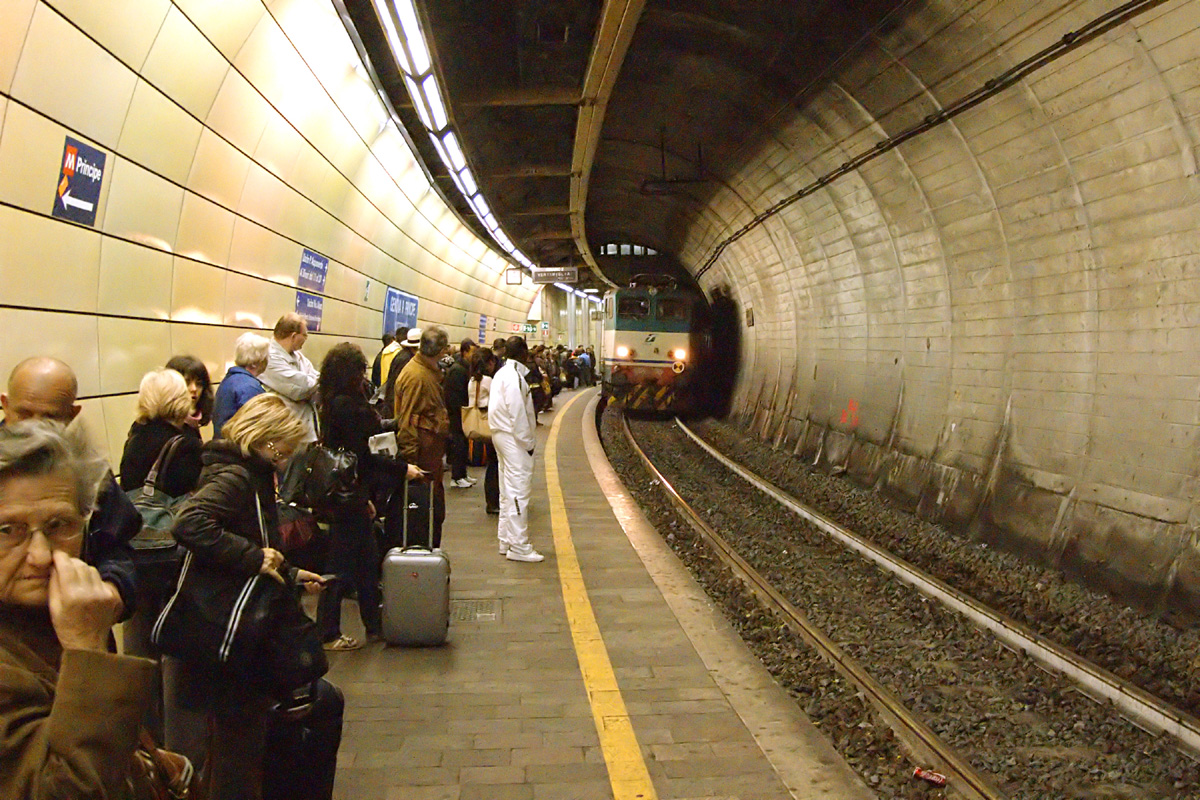
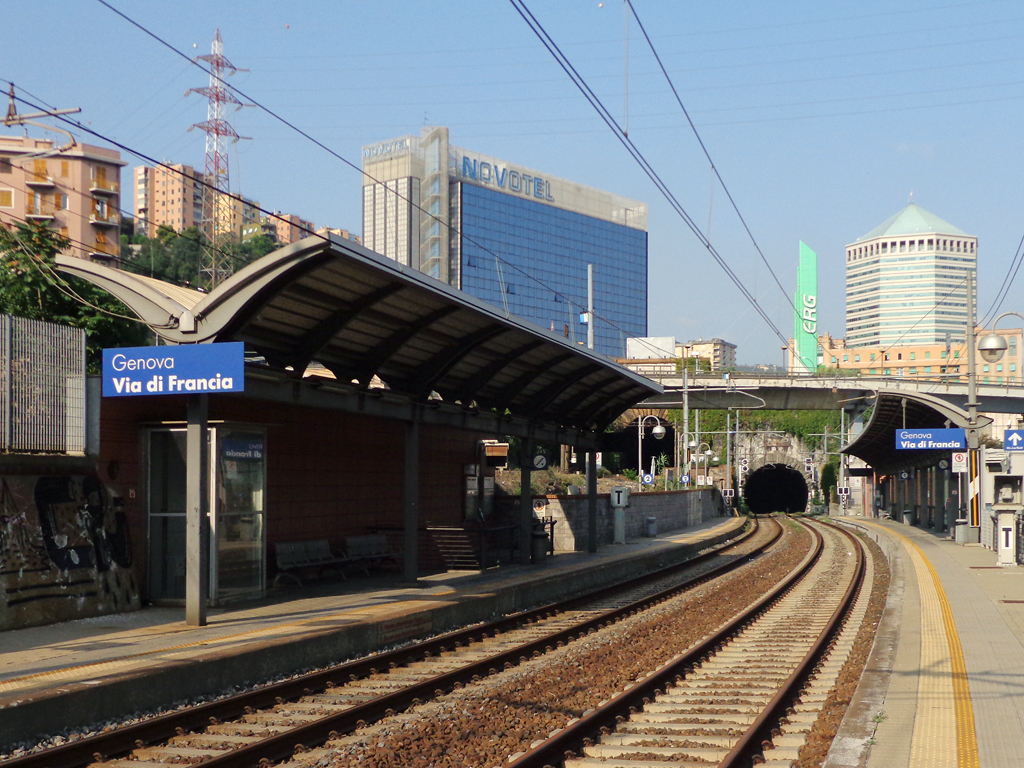
19/ This will hopefully help increase transit usage, quite low for such a dense and linearly shaped city. A classic example of the lack of an adequate offer. Still, metro expansion plans are shy and there is incertitude over whether to build tramways or a trolleybuses
20/ Anyway, to wrap things up: visit Genoa as soon as travel can resume! It's maybe not a "great transit city", but it's definitely a great rail city. And a great city in general, worth a little detour form the nearby, overcrowded Cinque Terre. 
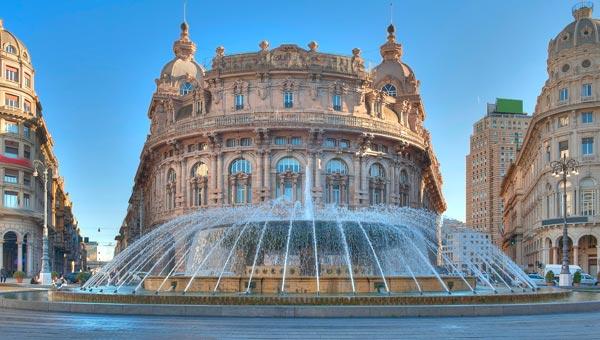
And here is the story summarized in an animated GIF
https://twitter.com/ChittiMarco/status/1329448252564004868?s=20
• • •
Missing some Tweet in this thread? You can try to
force a refresh














